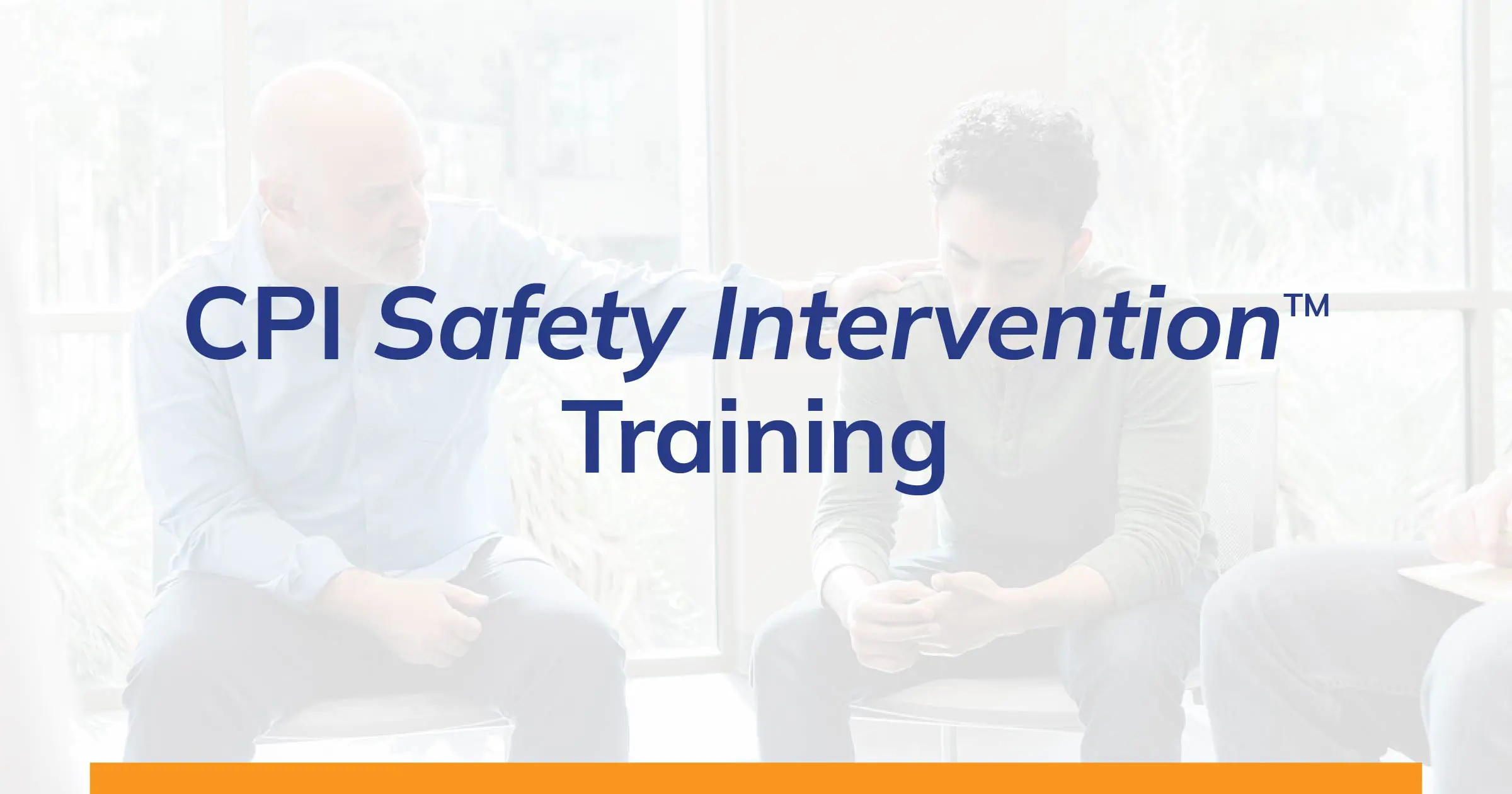The Impact of Language on Perceptions of Restraint
Considering the severity of restraint, the language used to refer to it must be precise and our strategy for managing distressed behaviour faultless.

The Importance of Accurate Language
Any professional working in health, social care and education will know that restraint and other forms of restrictive practice, should only ever be used as a last resort. Even with the best training in the world, we must acknowledge that the use of any physical intervention can become a breach of a person's physical and psychological boundaries.
Deciding to restrict a persons’ liberty of movement could be interpreted as a breach of their Human Rights (Article 5) evoke a trauma response and be undignified for a person receiving care.
There may be times when a professional feels that they have no choice but to step in to protect themselves, the person, or other vulnerable people in the vicinity. At those times when an individual presents an imminent or immediate risk, to stand back, not intervene and allow the harm to occur, becomes a difficult professional position to justify. But the adverse outcomes for the individual may remain.
So, considering the seriousness of restraint, why are terms such as, “Safe Holding” and “Positive Handling”, still used when there is very little positive about it and just calling it safe doesn’t necessarily make it so?
The same issue occurs if staff choose to manage the risk by isolating or containing an individual using the environment, locked door, or some form of mechanical restraint. While a locked front door may stop intruders from entering a building, it also may prevent people leaving. A lap-strap may ensure a person’s security and safety in a chair, but it also takes away their autonomy.
These may well be reasonable and necessary restrictions, but transparency of rationale, documentation and communicating clearly in line with policy is key.
Proactively Managing Distressed Behaviour
The training of professionals to better understand behavioural escalation and responding to distressed behaviour, which may include the use of restraint is key to ensuring good practice.
However, a survey of Health Professionals published in 2023, found that only 39% of respondents felt comfortable responding to crisis behaviour in the workplace. Less than half (43%) believe their policies against workplace violence were either effective or very effective.
We know that escalated behaviour, is communicating something. We may not know that the individual in distress has experienced trauma in the past or has some other unmet need in the moment. Our interaction, which may be a reasonable request, could be the trigger if we are not aware that there is more going on for the person. Therefore, taking a person-centred, trauma informed approach is crucial.
Simply offering basic training, which teaches reactive strategies including restraint, risks siloing the issue and not arriving at a well-informed response. If staff are asking the question, “what do I do when someone lashes out?”, they will not arrive at an adequate solution.
Staff must be provided with the tools to recognise the emotional needs of those in their care. Using the moment of crisis as a starting point is far too late. Crisis prevention is far better than a crisis response.

Safety Intervention™ is for those who need to prevent and/or intervene in crisis situations. Focusing on prevention and teaches staff de-escalation skills as well as non-restrictive and restrictive interventions.
Confidence in Decision-Making
Empowerment, mutuality and shared decision making are increasingly important during moments of crisis. Staff must be clear about their responsibilities, particularly if an individual is lacking capacity due to their mental health or cognitive impairment.
Staff working in healthcare, social care and education should have confidence in their ability to maintain patient/client/student physical and psychological safety as well as their own. They need the skills to understand the causes of behaviour and act appropriately to de-fuse the situation at the earliest opportunity. Staff should be equipped with the correct knowledge to make good decisions, which stand up to scrutiny.
Professionals must also be equipped to know how to fulfil their duty of care, which covers actions and omissions to act. They need to know when to use restrictive interventions and what is expected by CQC, OFSTED or other regulatory bodies and best practice guidance. If professional carers cannot feel safe, confident and secure in their job role, then how can the people who they are caring for?
